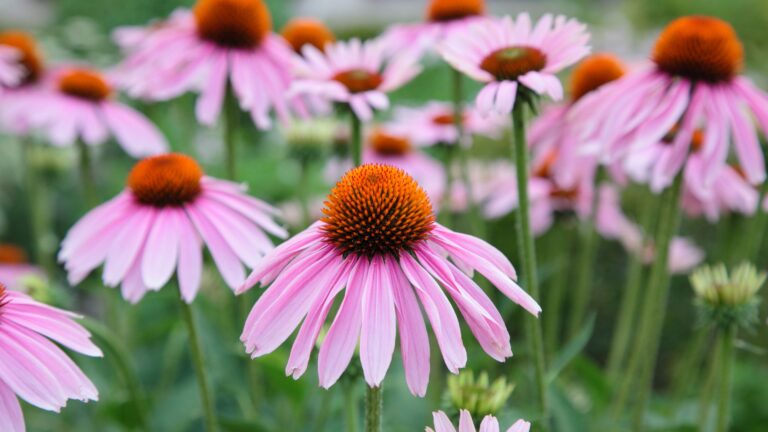Gardening
Doing it can be simple. Or it can be complicated. It depends on your tolerance for surprise.
Seed saving connects a gardener more closely to a plant’s life cycle. It’s also a way to disconnect from corporations that copyright seed varieties, often limiting plant diversity. Saved heritage seeds can put lost flavors back on the table and bring forgotten blooms back to life. It can support biodiversity, as climate change increasingly chokes ecosystems.
And, according to Bill Braun, cofounder and executive director of the Freed Seed Federation in Westport, it’s easy to try.
“It doesn’t take a lot of space, and it doesn’t take a tremendous amount of knowledge,” Braun said. “It takes care and patience and attention, and that’s love, and that’s really what it’s about.”
Braun said up to 75 percent of the world’s seeds are subject to intellectual property laws, and seed saving is an off-the-map way to reintroduce variation to growing practices.
Doing it can be simple. Or it can be complicated. It depends on your tolerance for surprise.
“You say, ‘Oh, I’ll just grab a couple seeds off of this, and it’ll be great, right?” he said. “And then suddenly you learn there are techniques and isolation distances and cultural practices and genetic integrity and political reasons, and you’ve opened Pandora’s box. Our simple advice is start with [a crop] that you love, because if you love it, you’re more likely to take care of it.”
Knowing some basic plant genetics, and what you’re working with, is a good place to start. Some plants self-pollinate, while others cross-pollinate. Self-pollinators are more likely to produce offspring that resemble themselves, but cross-pollinators, which can mingle with characteristics from nearby rows, or even your neighbors’, can deliver unexpected results.
“Saving seed from a hybrid, you may not be able to guarantee the characteristics of the plant you’re borrowing from,” said Mark Congdon, director of agriculture at Gaining Ground, a Concord-based nonprofit organic farm.
“You could still enjoy the challenge and see,” he said. “Some people do like to do those kinds of things and see what comes out the following season.”
The strategy of growing for seed saving often looks different than growing for food consumption, said Heron Breen, a veteran seed-saver based in Maine.
There can be something counterintuitive about the process to beginner seed-savers, Breen said, because growing for plantable seeds can mean growing something such as a cucumber past the point of palatability in order to ripen its seeds.
It’s a mindful practice, said Breen, and there are no hacks.
“The goal is not to make all things easy or to make money from every action,” he said. “The goal is to observe the life cycle of another living organism and perpetuate sustenance [through] the ages.”
Identify and pull seeds from your strongest, healthiest-seeming plants, and it can help if you isolate the ones intended for seeds, he said. To grow for seed means to bring the plant through its life span. It will benefit from ample additional airflow, as well as weeding.
Seed-savers support plant diversity in small spaces, said Jessamine Finch, PhD, a research botanist for the Native Plant Trust in Framingham.
Seed vaults around the world — such as the one located on a remote tip of Norway — save seeds designed to reconstitute a decimated food system in light of a doomsday scenario. But sustaining seed from garden perennials is an accessible way to bring this year’s plants back next year.
“If [you’re] growing black-eyed Susan in your yard or bee balm in your yard, go for it. Collect it, share it with your friends, take it to a seed library, and share it through your community,” Finch said. Monarda, mountain mint, and milkweed are all good perennial examples native to the Northeast that are inviting to beginning seed-savers, she said.
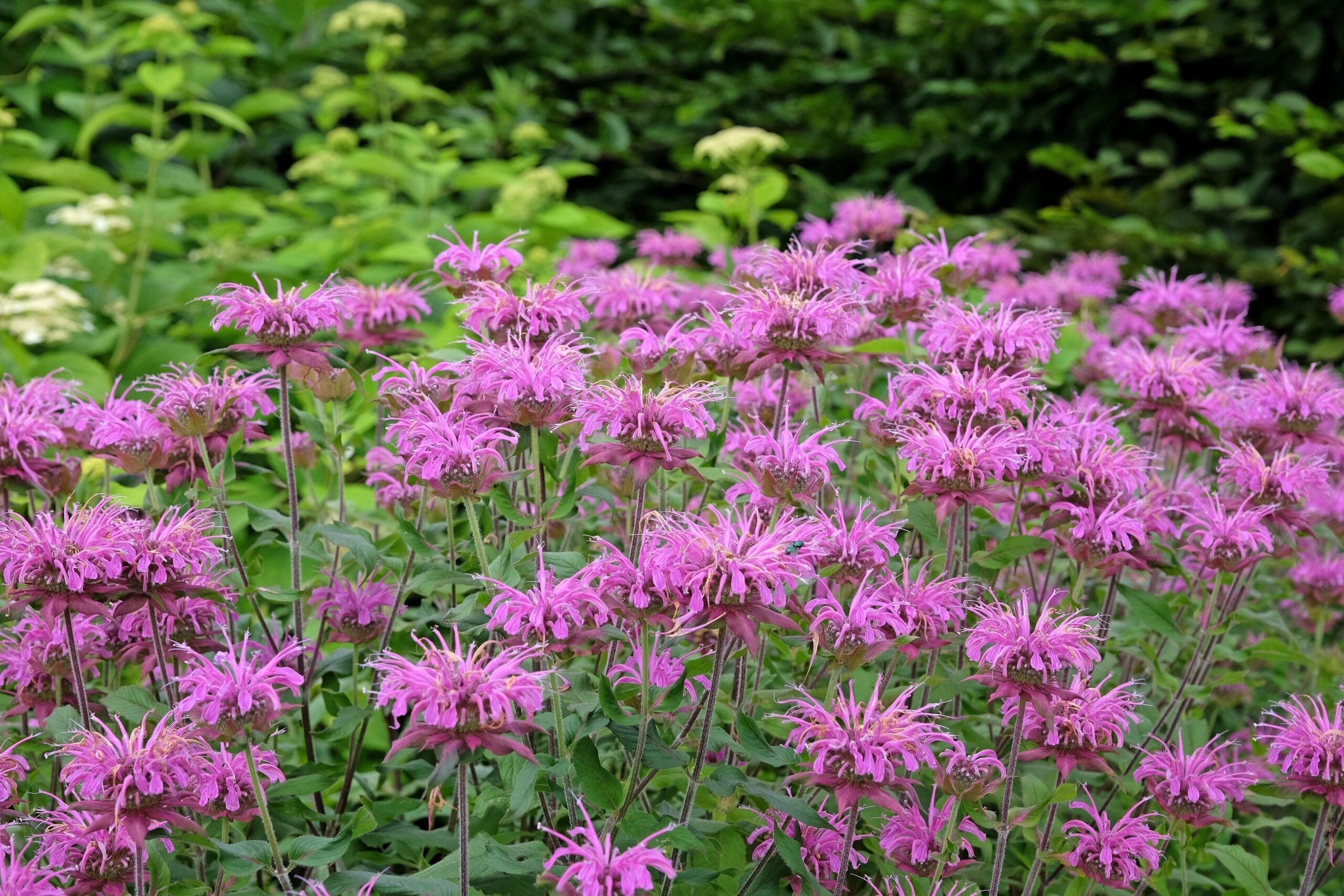
To harvest seeds, wait until they are naturally dispersing from the plant, said Finch. Tap the seed head once the flower is gone. As the head develops and the seeds fall out easily when tapped (or when berries come off easily when the fruit is touched), that is what Finch calls the time of natural dispersal, or “seed relief.” At that point, seeds are ready to store.
Echinacea, for example, is an easy flower for saving seeds. Cut the head off the flower, dry it in a paper bag, and once dry, clean and count the seeds.
“You can decide where they go,” said Finch. “You can grow them up in pots. You can plant them into your landscape very intentionally.”
Leaving a few unharvested will preserve habitat and food for wildlife over the winter.
In Massachusetts, plant researchers work with state partners to harvest a fraction of seeds from rare plants.
“It’s no replacement for protecting plants in the wild where they exist, but it can provide a bit of an insurance policy,” Finch said.
“If the population has 100 fruits, we’re going to collect 10 of them once every 10 years,” she said. (If you determine a rare plant is in your yard, leave it alone or contact an expert, who will explain ways to help.)
Drying down seeds will aid preservation, as moisture will cause mold. Using silica packets you find in storage and shoeboxes can help, but, here’s another caveat to remember: Not all seeds want to dry. Acorns, for example, cannot be dried before planting.
For a few good “gateway” plants in the vegetable garden, Braun suggested these and offered his management suggestions:
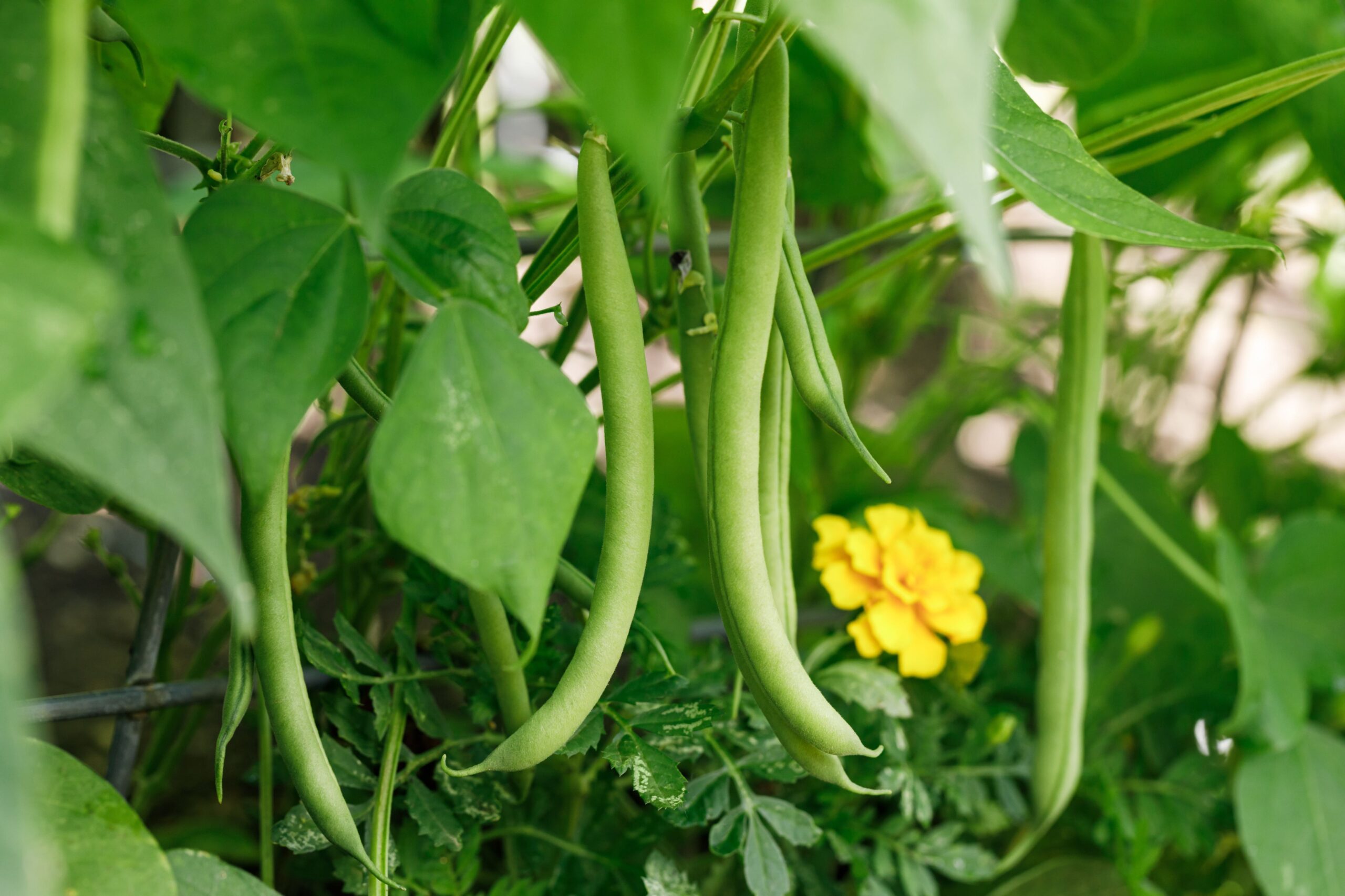
● Beans (phaseolus vulgaris, above) and peas (pisum sativum) are self-pollinators: Leave the strongest pods on the vine until they’re beige, and dry inside on a plate or cookie sheet to open the shells.
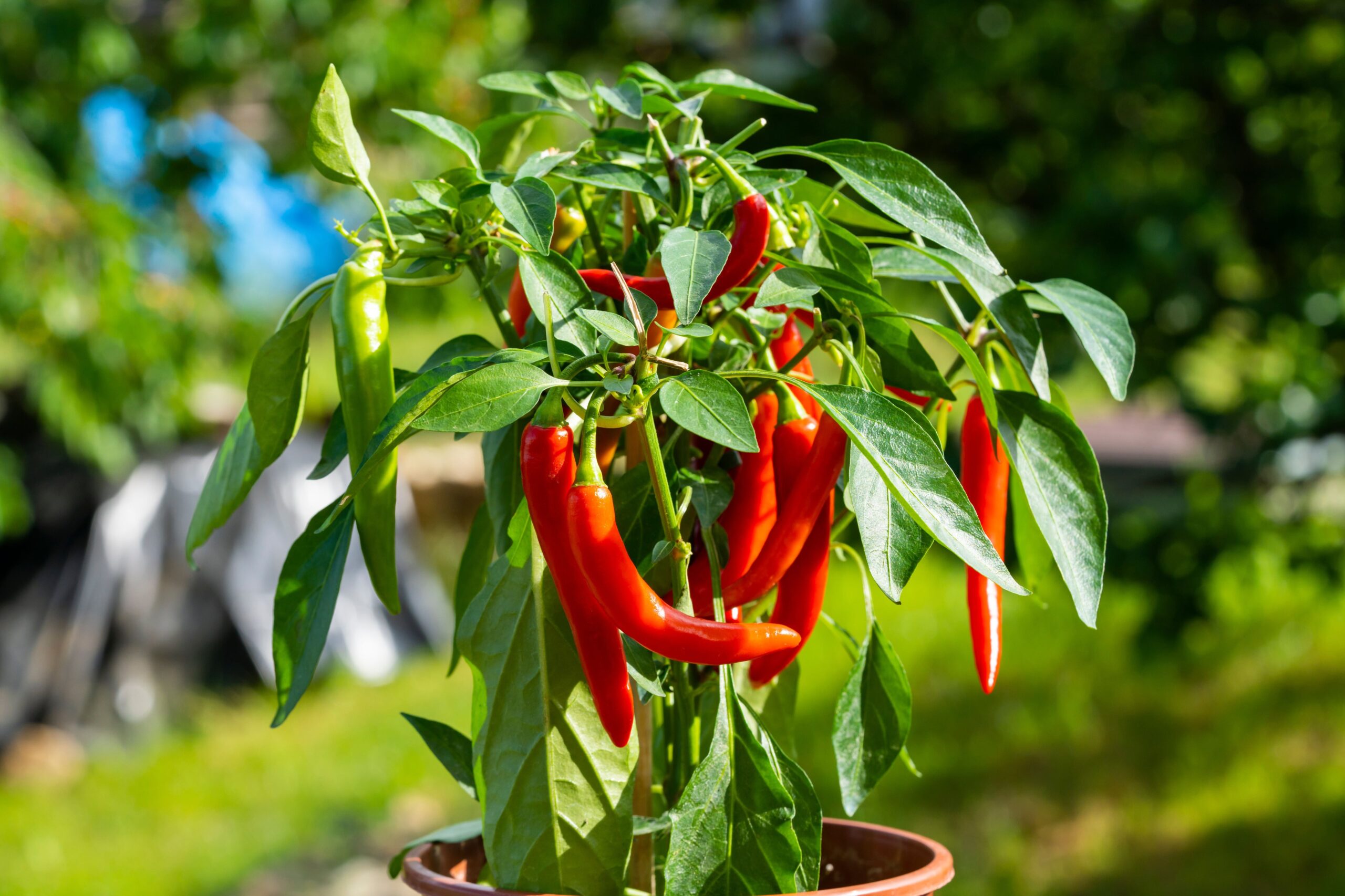
● Peppers (capsicum annuum) are cross-pollinators: Allow the fruit to ripen fully to color; scoop out the seeds, and dry them on a plate. If the seeds snap instead of bend, they’re ready. Capsaicin, which causes heat, can be affected by cross-pollination, so isolate rows (by at least 50 feet) if you want to limit variation.
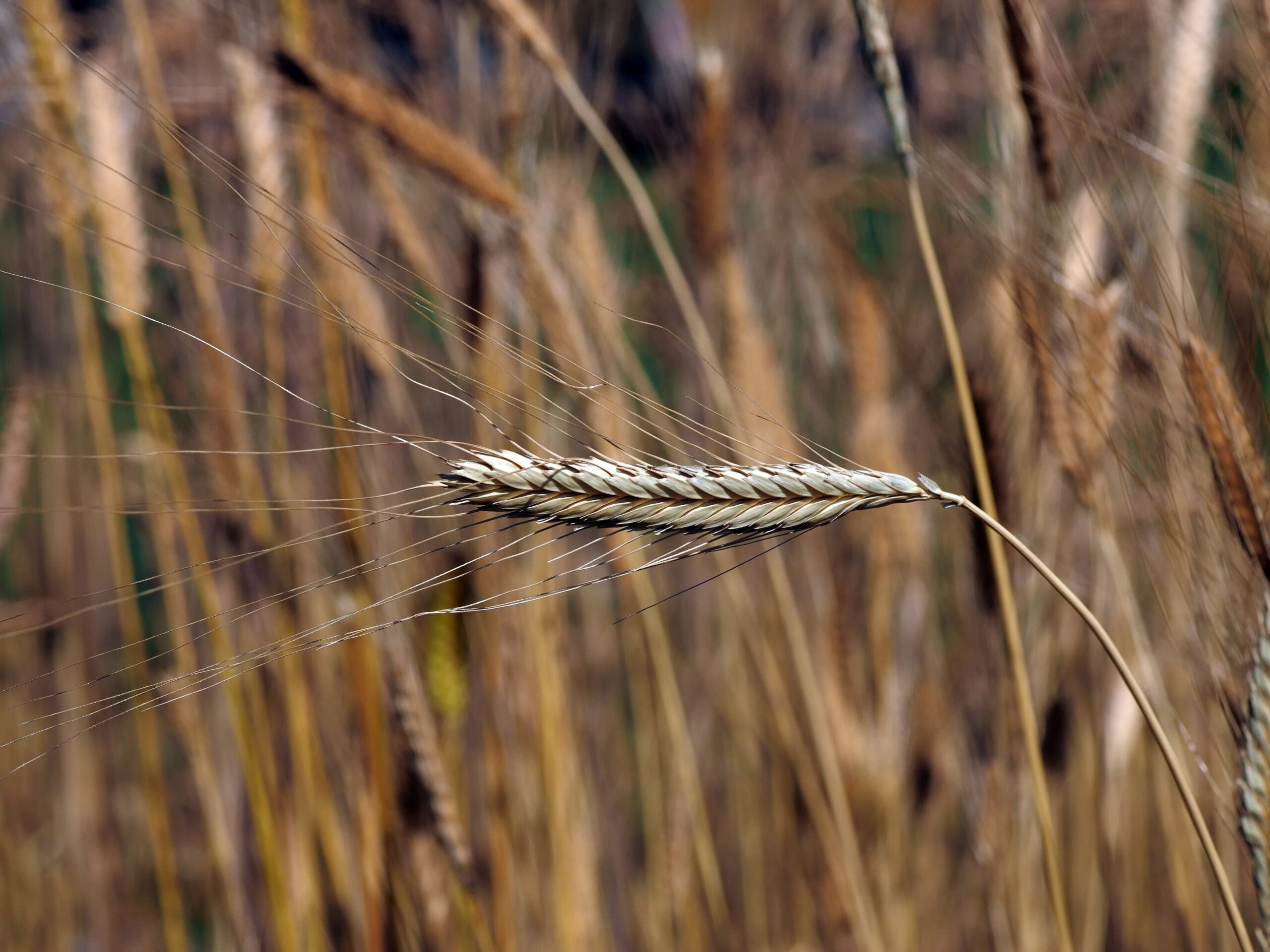
● Grains like wheat, oats, and “ancient grains” such as spelt, einkorn, and emmer self-pollinate: Snap or whack dry heads over a bag, or snip. Dry them out inside on a plate or cookie sheet.

● Lettuce (lactuca sativa): “Bolted” lettuce is tough and bitter, but that means it’s seed time. Let the strongest plants flower, and when white puffs appear, pinch off the seeds. (Sometimes they will produce an instant new variety!) Dry them inside on a plate or cookie sheet.
But the element of experimentation is a bonus, Braun said.
“If you think of all the hands that have touched all the seeds and plants and coevolved and coadapted over millennia together, we’re essentially jumping into this epic poem, and we’re writing the next line,” he said. “To ensure that the future generations can continue that process, and this sacred art, we need to leave enough there for them to draw.”
Lindsay Crudele can be reached at [email protected]. Follow Address on X @globehomes, and subscribe to our free weekly newsletter at Boston.com/address-newsletter.
